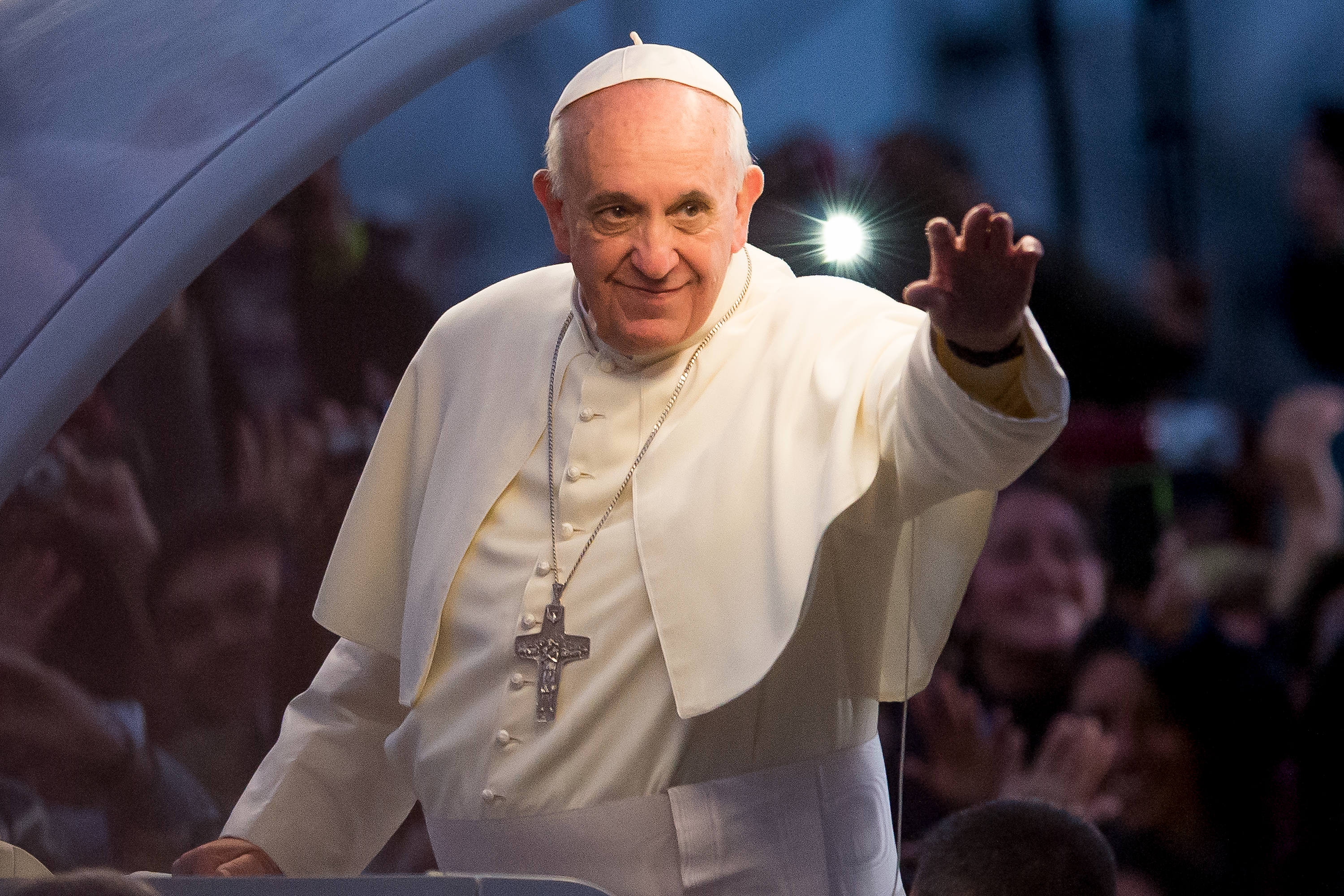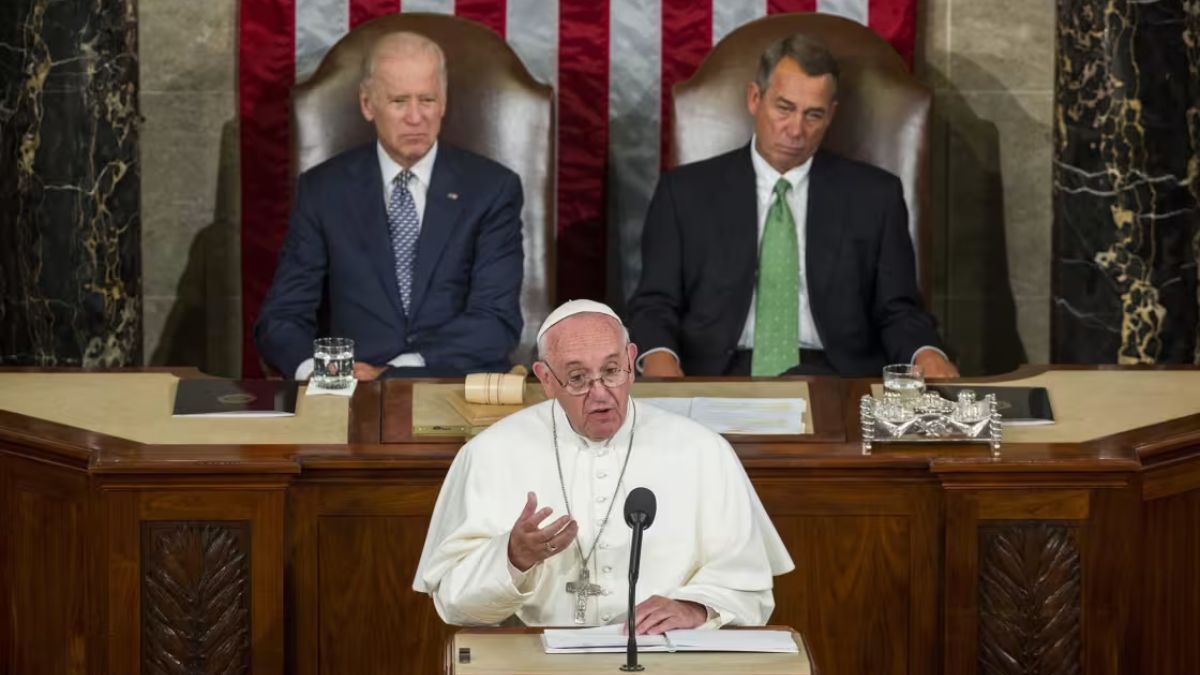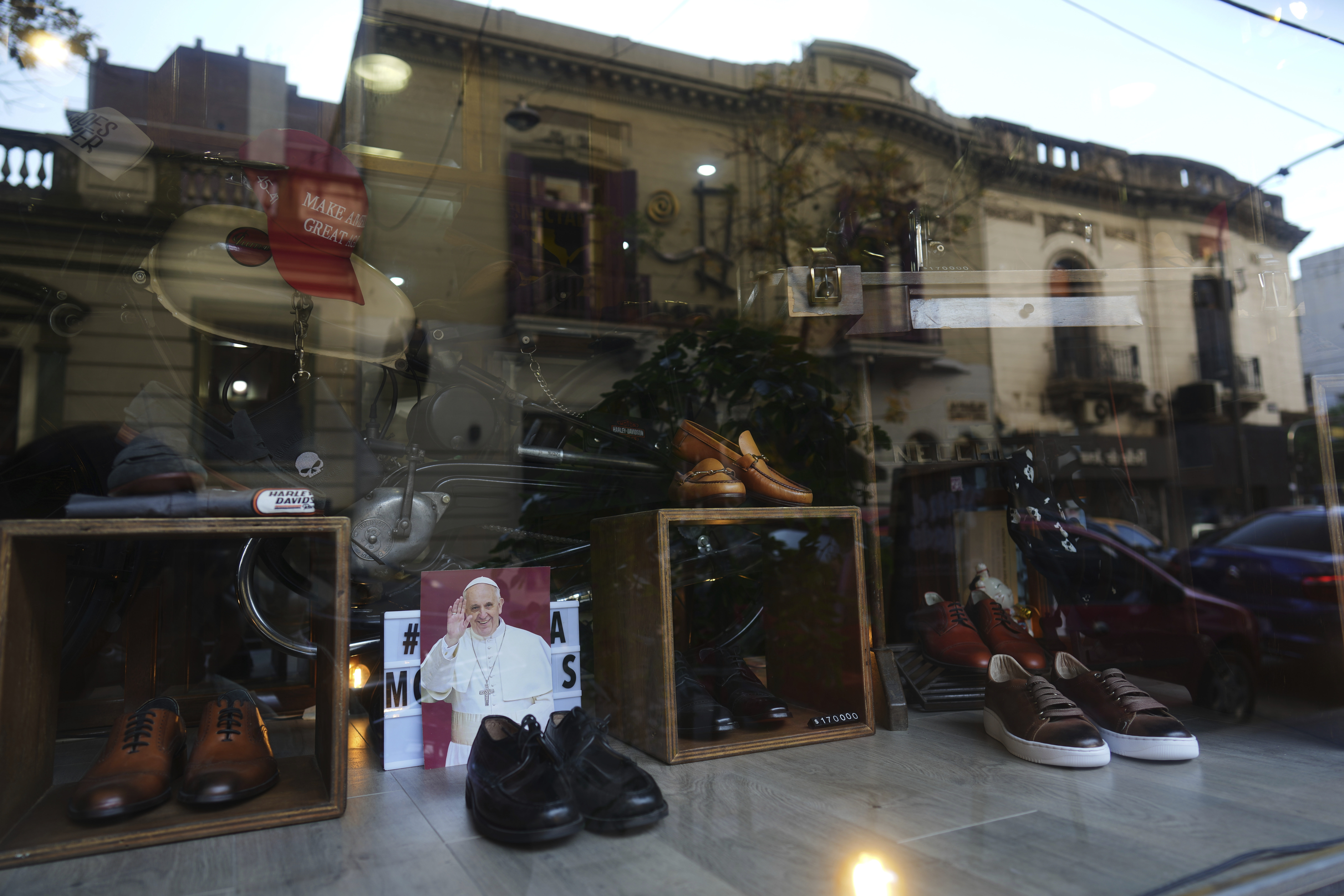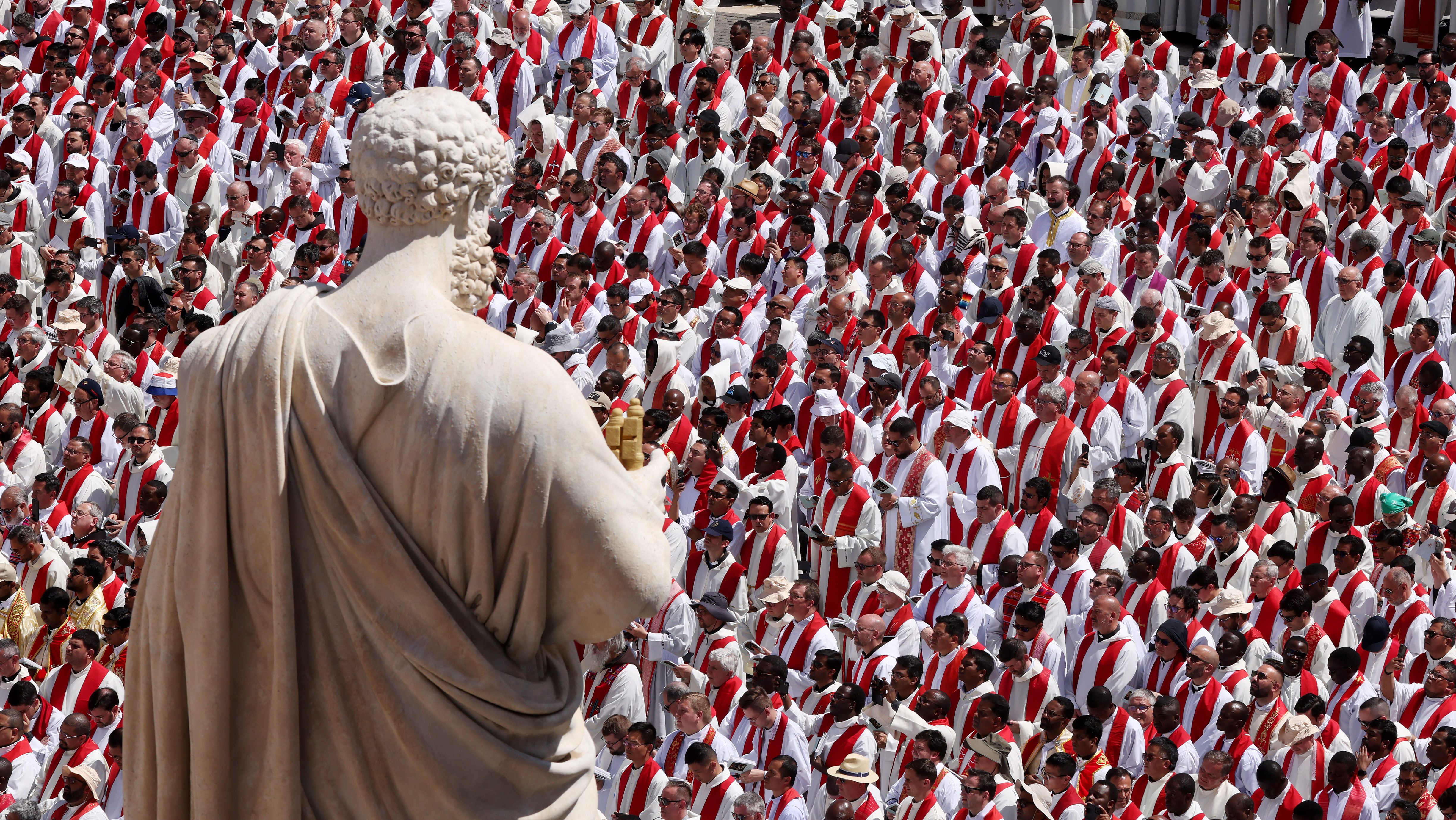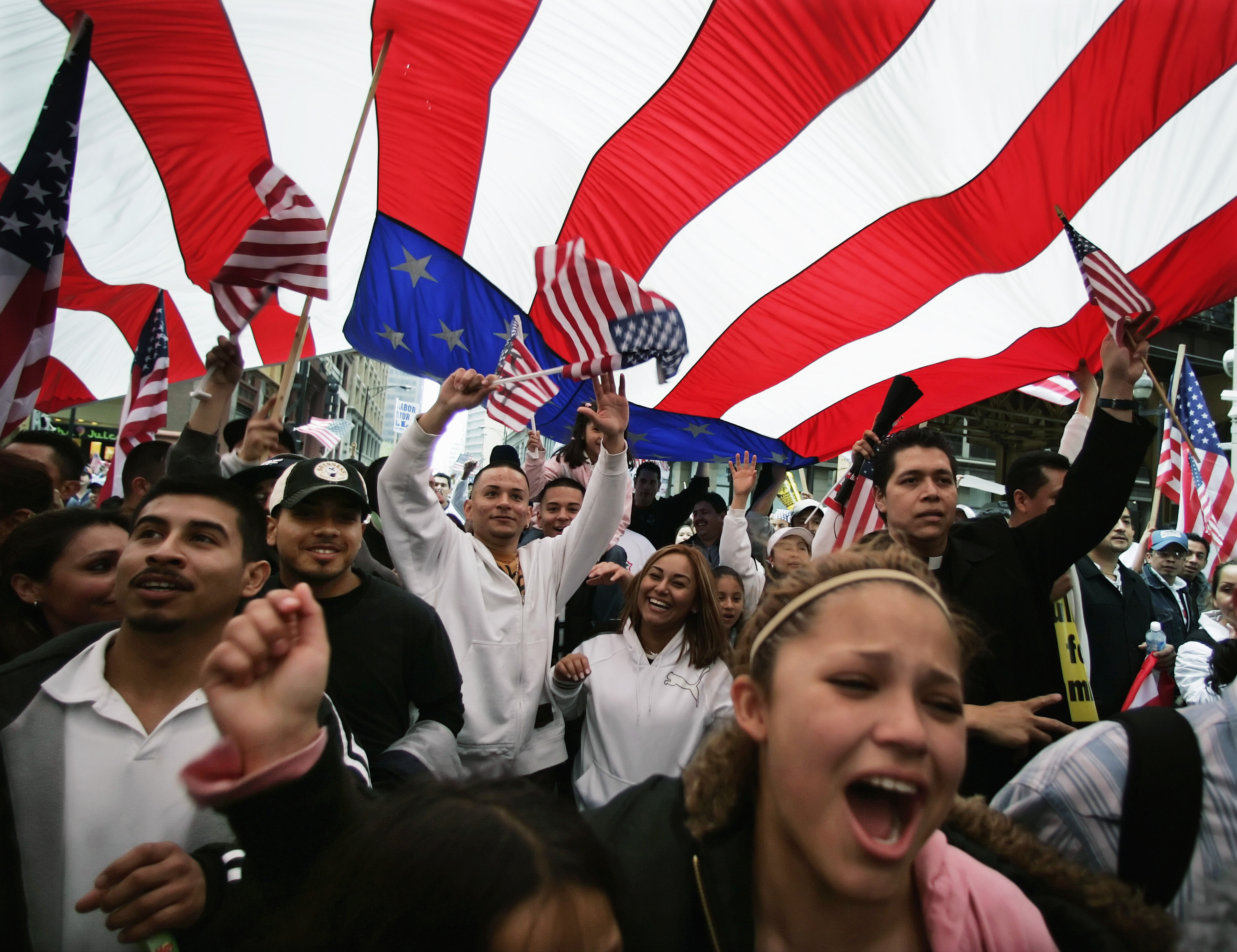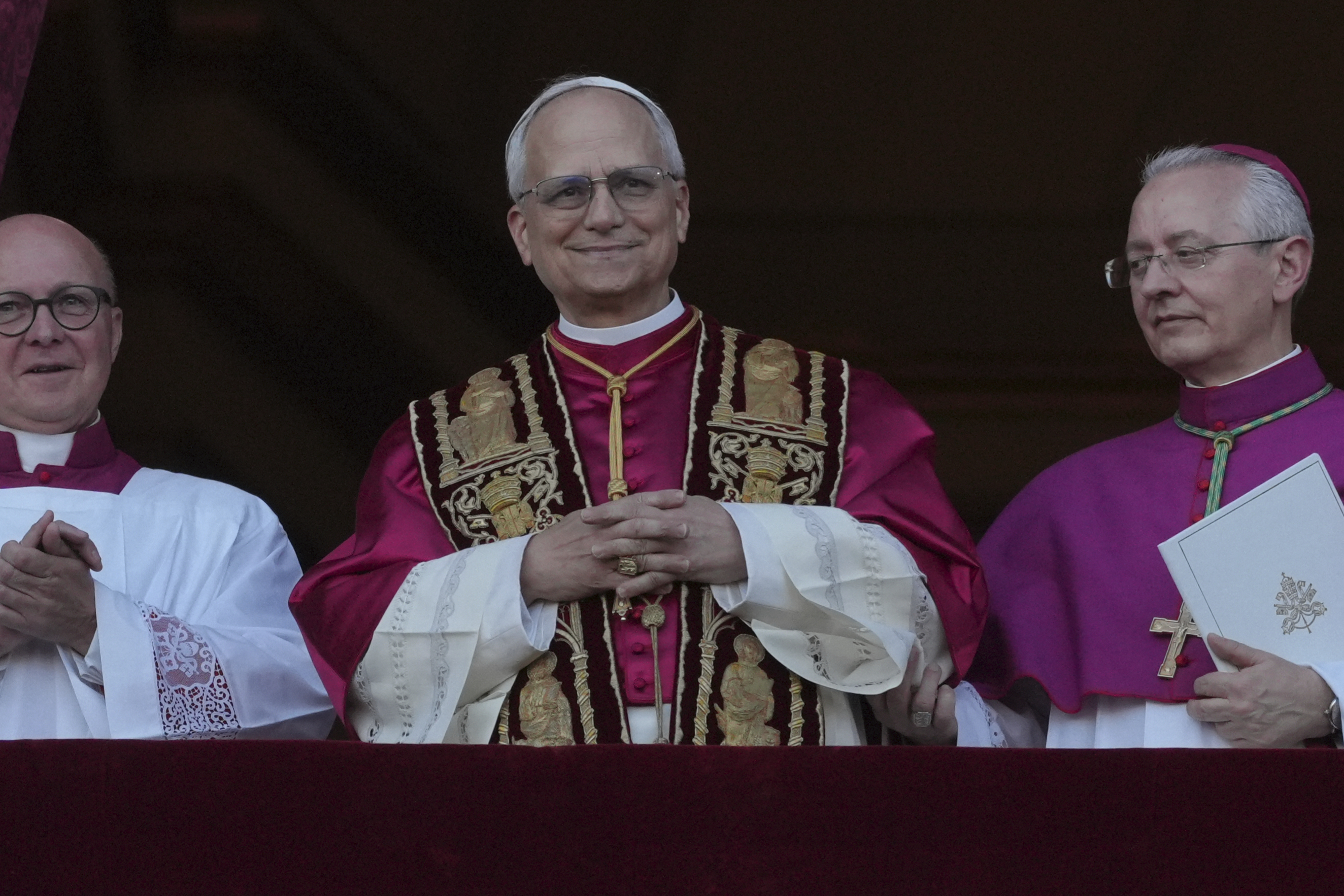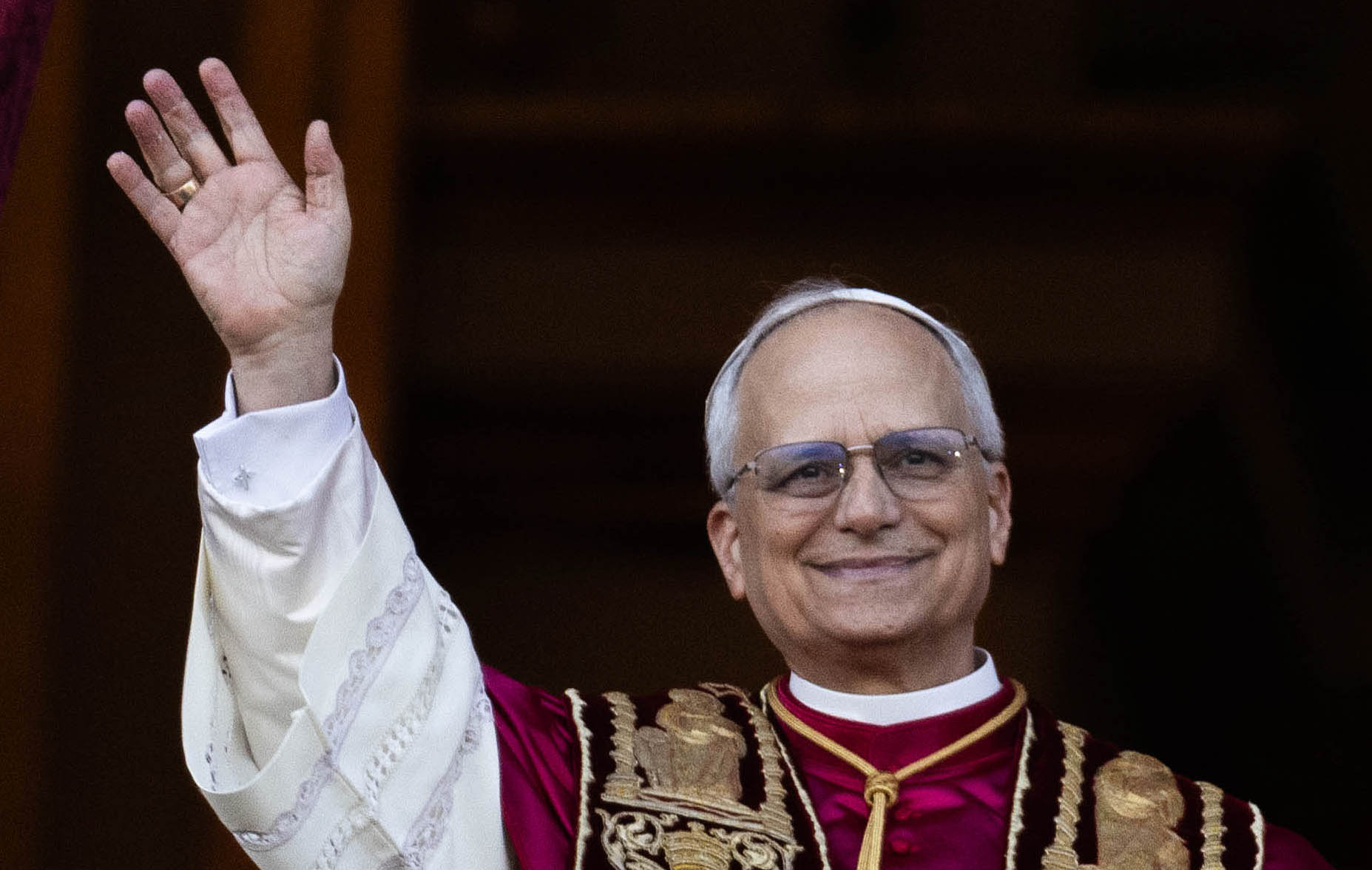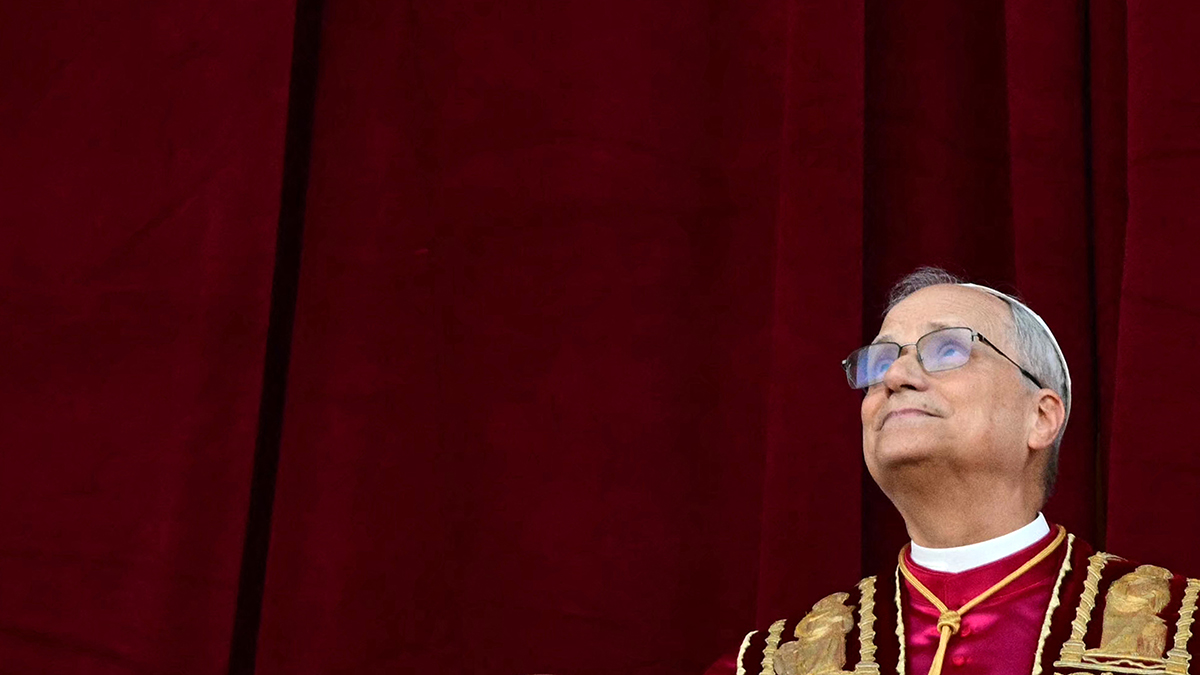Pope Francis' Legacy: Reform, Inclusion & Lasting Impact
Pope Francis: A Legacy of Bridge-Building and Compassion
A Pontificate Defined by Change and Challenge
As the world reflects on the papacy of Pope Francis, it's impossible to ignore the seismic shifts he brought to the Catholic Church. From his humble beginnings as the first Jesuit and Latin American pope, to his unwavering commitment to social justice and inclusivity, Francis leaves behind a legacy that will be debated and analyzed for generations to come. But what truly sets his papacy apart? Let's delve into the defining moments and policies that shaped his time as the head of the Catholic Church.
Mercy and Inclusion: A New Tone
Pope Francis’s papacy was almost immediately marked by a shift in tone. Elected in March 2013, his approach differed greatly from his predecessors. **He emphasized mercy and understanding over condemnation and judgment.** But what did this mean in practice?
"Who am I to judge?": A Landmark Statement
His now-famous response to a question about a potential “gay lobby” within the Vatican in July 2013 resonated far beyond the Church. “If someone is gay and he searches for the Lord and has good will, who am I to judge?” he asked. This simple, yet profound statement, signaled a significant departure from the Church's traditionally harsh stance. While not changing doctrine, it advocated for integration and acceptance. It was a clear signal of his desire to build bridges rather than walls.
“We shouldn’t marginalize people for this. They must be integrated into society,” Francis then said of the gay community.
Economic Justice: Speaking for the Marginalized
Pope Francis consistently championed the cause of the poor and marginalized. He spoke out against economic inequality, unchecked capitalism, and the exploitation of workers. Did his words translate into real action?
Confronting Global Inequality
Throughout his papacy, Francis used his platform to highlight the disparities between the rich and the poor. He criticized the “throwaway culture” that prioritizes profit over people and called for a more just distribution of resources. He frequently reminded world leaders of their moral obligation to care for the vulnerable.
The Encyclical Laudato Si': Caring for Our Common Home
Perhaps one of his most impactful contributions was the encyclical *Laudato Si'* (Praise Be to You), published in 2015. This groundbreaking document addressed the urgent need for environmental protection and sustainable development. It connected the degradation of the environment with social justice, arguing that the poor are disproportionately affected by climate change and pollution. It was a call for a radical shift in how we treat our planet and each other.
Reforming the Vatican: A Monumental Task
The Vatican bureaucracy has long been plagued by allegations of corruption and inefficiency. Pope Francis made reforming the Curia a central priority of his papacy. But how successful was he?
Financial Transparency and Accountability
Francis implemented measures to improve financial transparency and accountability within the Vatican. He established new oversight bodies and strengthened existing regulations to combat money laundering and corruption. He aimed to create a more ethical and responsible financial system. However, these reforms have faced resistance and remain a work in progress.
Addressing the Sexual Abuse Crisis
The Catholic Church has been rocked by decades of scandals related to sexual abuse. Pope Francis took steps to address this crisis, acknowledging the Church's failures and implementing new policies to protect children and hold abusers accountable. He met with victims of abuse and expressed his deep sorrow for their suffering. While progress has been made, the issue remains a significant challenge for the Church.
Interfaith Dialogue: Building Bridges of Understanding
Pope Francis recognized the importance of interfaith dialogue in promoting peace and understanding in a world often divided by religious differences. How did he foster these connections?
Meeting with Religious Leaders
Francis actively sought opportunities to meet with leaders of other religions, including Muslims, Jews, and Orthodox Christians. He emphasized the common ground between faiths and the importance of working together to address shared challenges. These meetings symbolized his commitment to building bridges of understanding and cooperation.
The Document on Human Fraternity
In 2019, Pope Francis and the Grand Imam of Al-Azhar, Ahmed el-Tayeb, signed the Document on Human Fraternity in Abu Dhabi. This historic document called for an end to religious extremism and violence and promoted the values of tolerance, respect, and solidarity. It was a powerful statement against hatred and division.
Challenges and Criticisms: A Papacy Under Scrutiny
Pope Francis’s papacy was not without its challenges and criticisms. His progressive views and reform efforts faced opposition from within the Church. What were the main points of contention?
Conservative Opposition
Some conservative Catholics criticized Francis for what they perceived as a watering down of traditional doctrines and a departure from traditional moral teachings. They accused him of creating confusion and undermining the authority of the Church. This internal opposition created tensions and divisions within the Catholic community.
The Pace of Reform
Others argued that Francis’s reforms did not go far enough or were implemented too slowly. They felt that he needed to be more decisive in addressing the challenges facing the Church, particularly the sexual abuse crisis. This criticism highlighted the complex and difficult nature of reforming a large and entrenched institution.
A Legacy of Compassion and Change
Pope Francis's legacy is complex and multifaceted. He challenged the status quo, prioritized the marginalized, and called for a more just and compassionate world. He inspired millions with his message of hope and his commitment to building bridges between people of different faiths and backgrounds. **Whether one agrees with all of his policies or not, his impact on the Catholic Church and the world is undeniable.** He was a transformative figure who left an indelible mark on history. Will his successors continue on the path he paved?
The Future of the Church: What's Next?
The question now is: what will the future hold for the Catholic Church? Will Pope Francis's successors embrace his vision of reform and inclusion, or will they revert to more traditional approaches? Only time will tell. But one thing is certain: Pope Francis's papacy will be remembered as a period of significant change and transformation.
A Pontificate of Firsts
Let's recap some of the major "firsts" of Pope Francis's papacy. He was the first Jesuit pope, the first pope from the Americas, and the first to take the name Francis. These milestones alone highlight the unique nature of his pontificate.
Digital Evangelization: A Pope for the Modern Age
Pope Francis also embraced digital media to spread his message. He used social media platforms like Twitter to connect with people around the world and to share his thoughts on current events and social issues. This made him a pope for the modern age, reaching out to a global audience in new and innovative ways.
Promoting Peace and Reconciliation
Throughout his papacy, Pope Francis actively sought to promote peace and reconciliation in conflict zones around the world. He visited countries ravaged by war and violence, offering words of comfort and encouragement. He also played a role in mediating disputes between nations, seeking to resolve conflicts peacefully.
A Personal Touch: Connecting with the People
Pope Francis was known for his personal touch and his ability to connect with people on a human level. He often broke protocol to greet people in crowds, to offer a blessing, or to simply listen to their stories. This genuine warmth and compassion made him a beloved figure around the world.
The Synod on Synodality: A New Way of Being Church?
One of the most ambitious initiatives of Pope Francis's papacy was the Synod on Synodality. This process, which began in 2021, aimed to involve all members of the Church in a process of listening, dialogue, and discernment. The goal was to create a more inclusive and participatory Church, where all voices are heard and valued. Will this initiative lead to lasting change?
Conclusion: An Unforgettable Papacy
In conclusion, Pope Francis's papacy was a period of significant change and challenge for the Catholic Church. He emphasized mercy, inclusion, and social justice. He sought to reform the Vatican, promote interfaith dialogue, and address the sexual abuse crisis. While his papacy faced criticism and opposition, his legacy of compassion and change will be remembered for generations to come. His impact on the Church, and indeed the world, is undeniable. He redefined what it means to be a pope in the 21st century.
Frequently Asked Questions
- What was Pope Francis's stance on same-sex relationships?
While he did not change Church doctrine on marriage, Pope Francis advocated for the civil rights of LGBTQ+ individuals and expressed that "Who am I to judge?" when asked about gay priests.
- What is *Laudato Si'* and why is it important?
Laudato Si' is an encyclical by Pope Francis addressing the urgent need for environmental protection and sustainable development. It connects environmental degradation with social justice issues and calls for a radical change in how we treat our planet and each other.
- What were Pope Francis's major reforms within the Vatican?
He focused on financial transparency and accountability, establishing oversight bodies to combat money laundering and corruption within the Vatican's financial systems.
- How did Pope Francis promote interfaith dialogue?
He actively met with leaders of other religions, emphasizing common ground and working together to address shared challenges. The Document on Human Fraternity with the Grand Imam of Al-Azhar is a key example.
- What were some of the criticisms against Pope Francis?
Some conservative Catholics criticized him for allegedly watering down traditional doctrines, while others argued that his reforms were not implemented quickly enough or went far enough, especially regarding the sexual abuse crisis.
